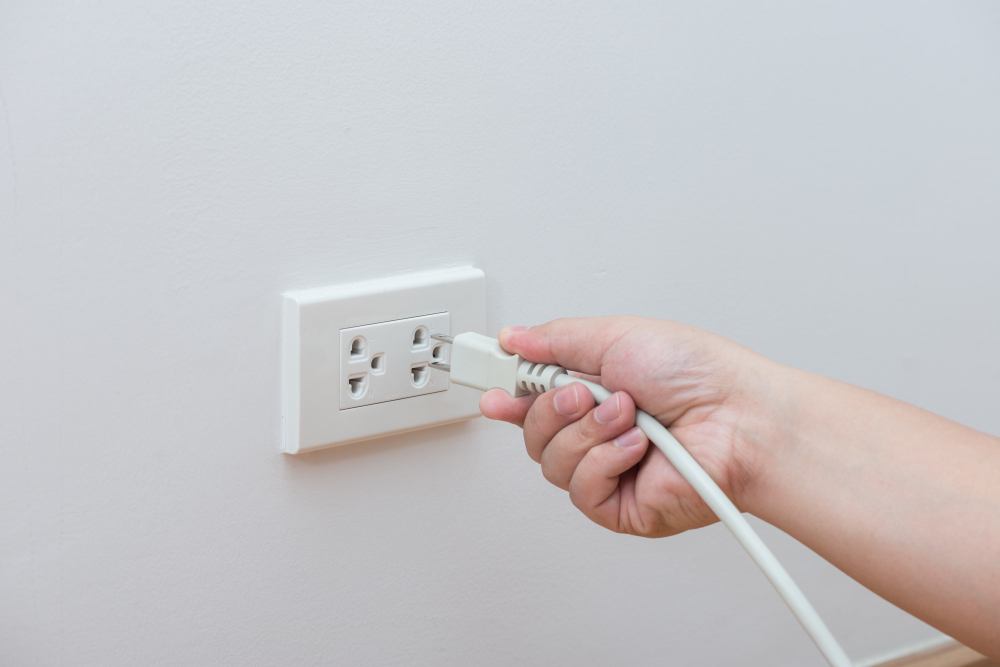Emergency Certified Electricians in Dallas, TX.
Call this Saturday to Get 15% OFF
Emergency Certified Electricians in Dallas, TX.
Call this Saturday to Get 15% OFF

Electrical outlets are standard in residential and commercial spaces, serving as receptacles where appliances and devices can be plugged in. However, not all outlets are created equal. Understanding the different electrical outlets is crucial, especially if you plan to have an electrical outlet replacement project lined up. At Mr. Electric, we understand the intricacies of various systems, guaranteeing in-depth insight and quality services. Let’s explore the electrical outlets and their unique features and applications.
Standard electrical outlets, or duplex receptacles, are the most common in residential buildings. They have two vertical slots and a rounded grounding hole. The smaller slot is the hot wire, the larger slot is the neutral wire, and the round hole is for grounding. Standard outlets are rated for 15 or 20 amps, making them suitable for most household appliances and devices. During an electrical outlet replacement, follow proper wiring practices to ensure safety. If you prefer a more hands-off approach, hire an electrician to prevent electrical accidents.
Ground Fault Circuit Interrupter (GFCI) outlets are essential for safety, especially in areas, such as bathrooms, kitchens and outdoor spaces. GFCI outlets have two central buttons: “Test” and “Reset”. They protect against electrical shocks by quickly interrupting the circuit if they detect a ground fault, ensuring your safety.
GFCI outlets are easily recognizable by their reset and test buttons and have various configurations, including standard, Decora-style, and weather-resistant versions. When installing GFCI outlets, connecting the line wires to the “LINE” terminals and the load wires to the “LOAD” terminals is essential. This ensures that the GFCI also protects all downstream outlets. Schedule an inspection with an electrical repair service to ensure everything is in tip-top shape.
Dryer outlets, called NEMA 14-30R or 14-50R outlets, are specialized receptacles for electric clothes dryers. They have a unique configuration with three or four prongs, including two hot wires (black and red), a neutral wire (white), and a grounding wire (green or bare). The specific type of outlet depends on the dryer’s voltage requirements. A three-prong outlet is for 120/240-volt dryers, while a four is for 120/208-volt dryers.
When replacing a dryer outlet, match the outlet’s configuration with the dryer’s plug. We recommend you consult a qualified electrician if you need to upgrade from a three-prong to a four-prong outlet or vice versa, as it may involve rewiring and potentially adjusting the circuit.
Range outlets, known as NEMA 14-50R, are designed for electric stoves and ranges. They have a distinctive four-prong configuration, including two hot wires (black and red), a neutral wire (white), and a grounding wire (green or bare). Range outlets are rated for 50 amps to accommodate the higher power demands of cooking appliances.
When replacing or installing a range outlet, it’s crucial to ensure it matches the appliance’s plug. In addition, like dryer outlets, if you need to switch between three-prong and four-prong configurations, it’s advisable to consult an electrical repair service to ensure safety and compliance with electrical codes.
Understanding the different electrical outlets is essential for any homeowner or DIY enthusiast. When in doubt, consult a qualified electrician to ensure the safety and functionality of your electrical outlets. Contact us at Mr. Electric and schedule a consultation with our experts. We provide various services, including electrical outlet replacement, repair, and maintenance.